Jersey Cattle: The Story of a Resilient Breed
The Jersey cow is an iconic and resilient breed with a rich history dating back to the 1700s. Bred on the British Channel Island of Jersey, this breed has withstood two centuries of isolation from outside influence. Characterized by their small size and high fertility, Jersey cattle have become popular for crossbreeding and milk production. With a fascinating story that includes both challenges and triumphs, the Jersey cow is a breed worth exploring for anyone interested in the history of cattle and the economic impact of this unique breed.
Key Takeaways
- Jersey cattle were bred on the British Channel Island of Jersey and are descended from cattle stock brought from the nearby Norman mainland.
- They have been recorded as a separate breed since around 1700 and have been isolated from outside influence for over 200 years.
- Import of foreign cattle into Jersey has been forbidden since 1789 to maintain breed purity.
- Jersey cattle are known for their small size, high fertility, ability to thrive on locally produced feed, and their popularity for crossbreeding. They are also popular for milk production and have a calm and docile temperament.
History
The Jersey cattle breed has its roots in the British Channel Island of Jersey, having descended from cattle stock brought from the nearby Norman mainland and recorded as a separate breed around 1700. Isolated from outside influence for over 200 years, the significance of the Jersey breed lies in its evolution from a small, hardy group of cattle to a globally-recognized breed. The ban on importing foreign cattle into Jersey in 1789 was essential in maintaining breed purity and allowed the Jersey to develop unique characteristics such as its small size and high fertility. Exported to the United States since 1850, the Jersey has become a popular breed for crossbreeding due to its calving ease and superior grazing ability. Despite its small body size, the Jersey remains a resilient breed that is well-suited for milk production and breeding.
Characteristics
Recognized for their small size and high fertility, Jersey cattle weigh between 350-400kg for cows and 600-700kg for bulls and stand between 115-120cm at the withers. These animals are popular for their ability to carry a larger number of milking cows per unit area due to their lower body weight and calving ease. They have a great ability to thrive on locally produced feed, and are known to occur in all shades of brown with lighter bands around the muzzle, dark switch, and black hooves. Jersey cattle are also popular for crossbreeding to reduce calving related injuries, and they possess high butterfat and protein levels. These hardy animals have a long history of success, and today they remain an important part of local agriculture.
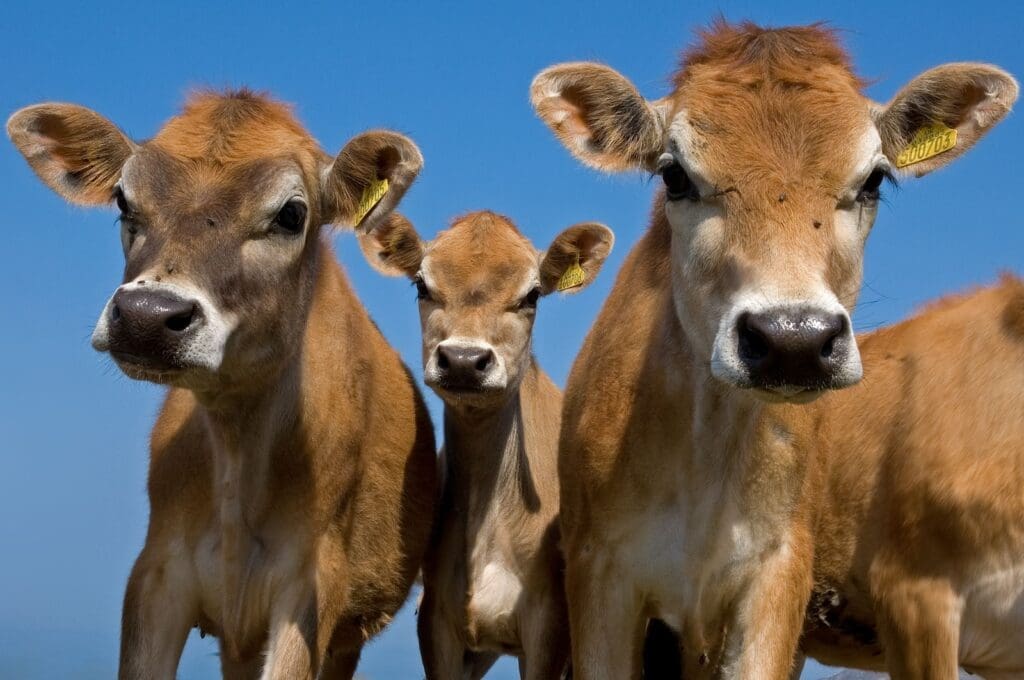
Uses
With their greater economy of production due to lower maintenance requirements and superior grazing ability, Jersey cattle are popular for a variety of uses. They are often used for crossbreeding to reduce calving related injuries, and their high butterfat (4.84%) and protein (3.95%) content make them ideal for milk production. Jerseys have been exported to the United States since 1850, with over 1000 head exported annually by 1910. Their ability to thrive on locally produced feed and calving ease make them a popular choice for breeding. Their unique characteristics make them a breed of choice for many farmers.
Behavior & Health
Known for their calm and docile temperament, Jersey cattle require attentive management for optimal health and productivity. Bulls used for breeding can be unpredictable or aggressive, so extra care must be taken to ensure safety. Calves also require particular care in cold weather due to their smaller body size and increased heat loss. Other health issues of note include greater tendency towards postparturient hypocalcaemia in dams and the need for attentive management of nutrition and housing.
To maintain their health, Jersey cattle benefit from:
- A balanced diet of locally produced feed
- Adequate shelter and protection from the elements
- Regular health check-ups and vaccinations
- Proper hoof care and de-worming
Economics
Due to their lower maintenance requirements and superior grazing ability, Jersey cattle are renowned for their greater economy of production. Jersey cattle can carry a larger number of milking cows per unit area than other breeds, due to their smaller size. Compared to other breeds, they require less feed, making them a more sustainable choice. Jersey cattle can also be crossbred to reduce calving related injuries and improve fertility, adding to their economic appeal. Their popularity has led to exports of over 1000 head to the United States annually by 1910, and they are still popular today. The economic benefits of Jersey cattle, alongside their sustainability, has made them a popular choice for farmers and ranchers alike.
Breeding
Breeders have long relied on the Jersey cattle’s superior fertility, calving ease, and ability to thrive on locally produced feed for successful crossbreeding and milk production. Breeding techniques have been refined over the years to ensure the highest quality of genetic diversity and productivity. Notable advantages include:
- Calving ease and lower rate of dystocia
- High fertility and ability to thrive on locally produced feed
- Exported to the United States since 1850, with over 1000 head exported annually by 1910
- Ability to carry a larger number of milking cows per unit area due to lower body weight
This resilient breed of cattle has been instrumental in the development of dairy farming, and continues to be an important part of the industry.

References
Various books and articles have been published on the history and characteristics of the Jersey cattle breed. Below is a list of key sources to gain a better understanding of this resilient breed:
| Title | Author | Year |
|---|---|---|
| Mason’s World Encyclopedia of Livestock Breeds and Breeding | 2016 | |
| Jersey Cattle | Eric James Boston | 1954 |
| One Hundred Years of the Royal Jersey Agricultural and Horticultural Society 1833-1933 | H.G. Shepard | |
| History of the Magnificent Jersey Breed | Miniature Jersey Herd Book | |
| Balleines History of Jersey | Marguerite Syvret & Joan Stevens | 1998 |
These references provide a wealth of information from which to draw when breeding ideas for the Jersey cattle. From origin and characteristics to health and behavior, these sources provide an insightful window into the breed’s fascinating story.
How has the resilience of Jersey cattle helped in disease control?
The resilience of Jersey cattle has been instrumental in disease control in Jersey cattle. Their ability to withstand various environmental conditions and health challenges has significantly minimized the impact of disease outbreaks within the breed. This resilience has helped in maintaining the overall health and productivity of Jersey cattle.
Frequently Asked Questions
What Are the Advantages of Jersey Cattle Compared to Other Breeds?
The Jersey breed of cattle offers a number of advantages compared to other breeds. They are known for their high fertility rate and ability to thrive on locally-produced feed, making them an economical choice for farmers. Jersey cows are also smaller than other breeds, which makes them an ideal choice for crossbreeding to reduce the risk of calving-related injuries. Furthermore, Jersey cows are known for their high butterfat and protein content, making them a desirable choice for milk production. With their hardy nature and ability to thrive on minimal resources, the Jersey breed is an ideal choice for livestock farmers seeking breeding benefits and milk production.
What Diseases Are Common in Jersey Cattle?
Jersey cattle are known for their hardiness and ability to thrive with minimal preventative care. However, like all breeds, they are susceptible to various diseases and ailments. Common diseases include Johne’s disease, anaplasmosis, mastitis, and pinkeye. These can be prevented or managed with good feed management, proper nutrition, and preventative care such as vaccines and deworming. Regular vet checks are also recommended to ensure optimal health. With proper management, Jersey cows can lead healthy, productive lives.
How Long Have Jersey Cattle Been Around?
Jersey cattle have been around for centuries, with recorded evidence of the breed dating back to around 1700. Bred on the British Channel Island of Jersey, the breed is descended from cattle stock brought from the nearby Norman mainland. For over 200 years, the import of foreign cattle was forbidden in Jersey in order to maintain breed purity and ensure the development of unique breeding techniques and feed requirements. Today, Jersey cattle are popular for their ability to produce high butterfat and protein milk, as well as their calving ease and adaptability to local feed.
How Often Should Jersey Cattle Be Bred?
Jersey cattle should be bred according to a planned feeding schedule and calving interval. The calving interval should allow for a reasonable amount of time between calves, allowing the cow to recover from the birthing process. It is recommended to breed cows every 12 to 14 months, or once per year, in order to ensure they have enough time to rest and regain their strength between calves. Proper nutrition should also be given to the cow during this period to ensure she is well-nourished and ready for the next calf.
How Can Jersey Cattle Be Used for Meat Production?
Jersey cattle are a small, hardy breed ideal for meat production due to their high fertility and ability to thrive on locally produced feed. The quality of their meat is excellent due to their high butterfat and protein content. When used for meat production, it is important to ensure feed quality is optimal, as this will have a direct impact on the quality of the meat. Proper management is also essential, with attention paid to the bulls’ behaviour and the calves’ health in cold weather. With the right care, Jersey cattle can provide an excellent source of meat.
Conclusion
The Jersey cattle breed is a resilient breed with a long history of success. It is characterized by its small size, high fertility, and strong milk production. Its popularity is due to its versatility and ease of crossbreeding. The breed is also known for its good health and behavior. The economic potential of Jersey cattle makes them a desirable option for many farmers and breeders. With its long history of resilience and success, the Jersey cattle breed has become an integral part of the dairy industry.
In our kitchen, we only use cultures from Cultures for Health.
Get yours here and start culturing today.
Popular Articles
Newsletter
Get signed up to get latest updates and new information from the Jersey Milk Cow!
This site uses Akismet to reduce spam. Learn how your comment data is processed.


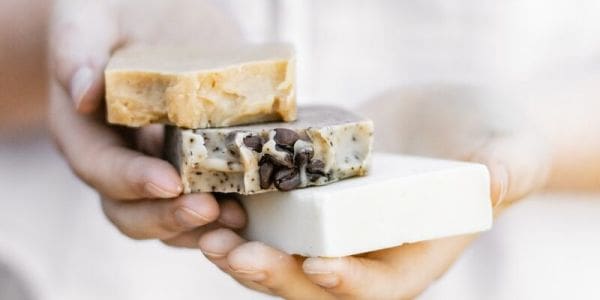


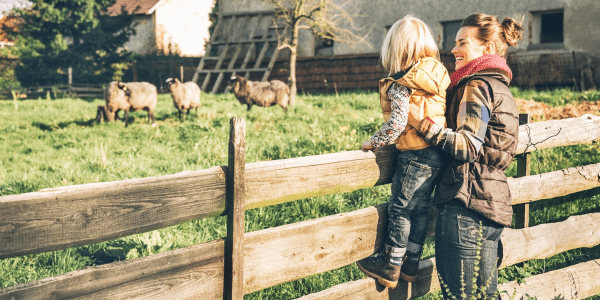
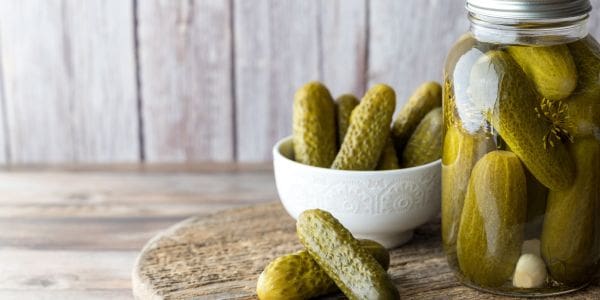
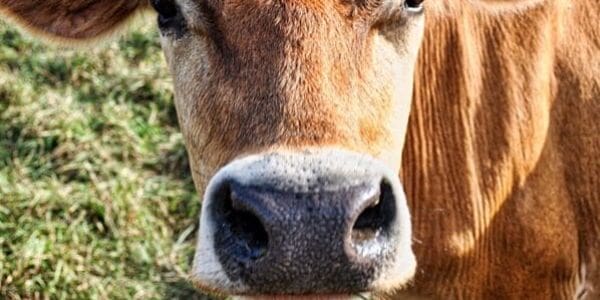
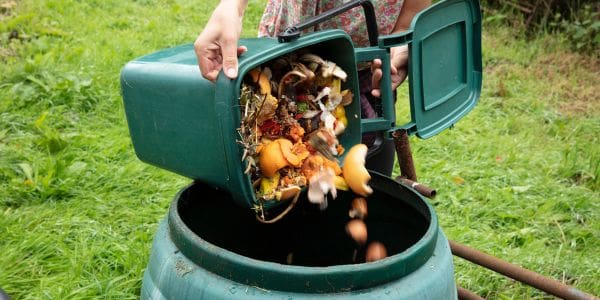
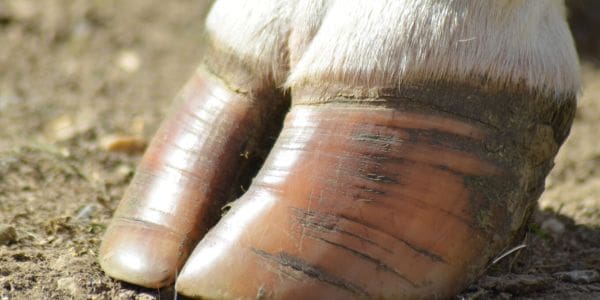

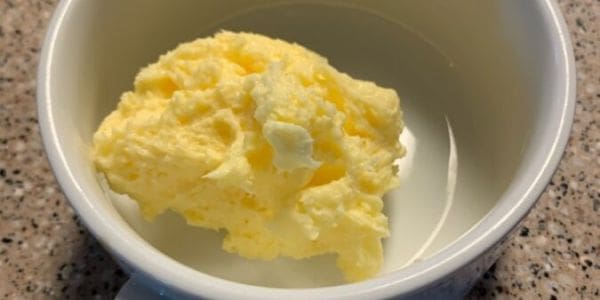
Leave a Reply